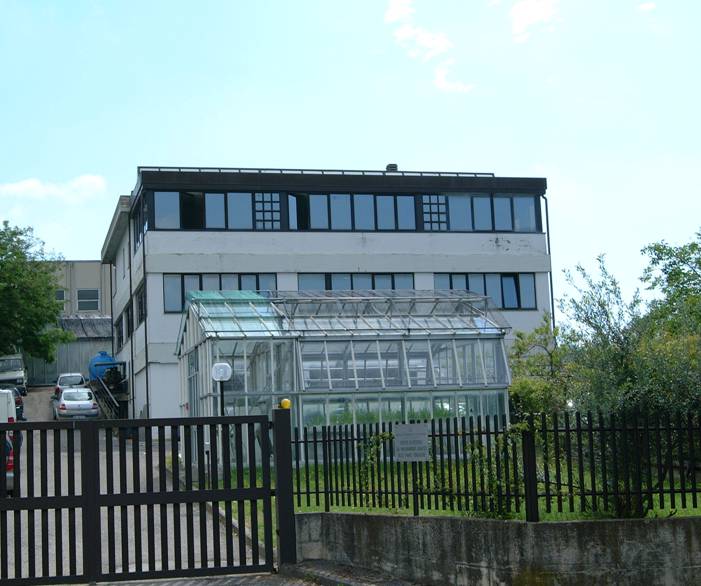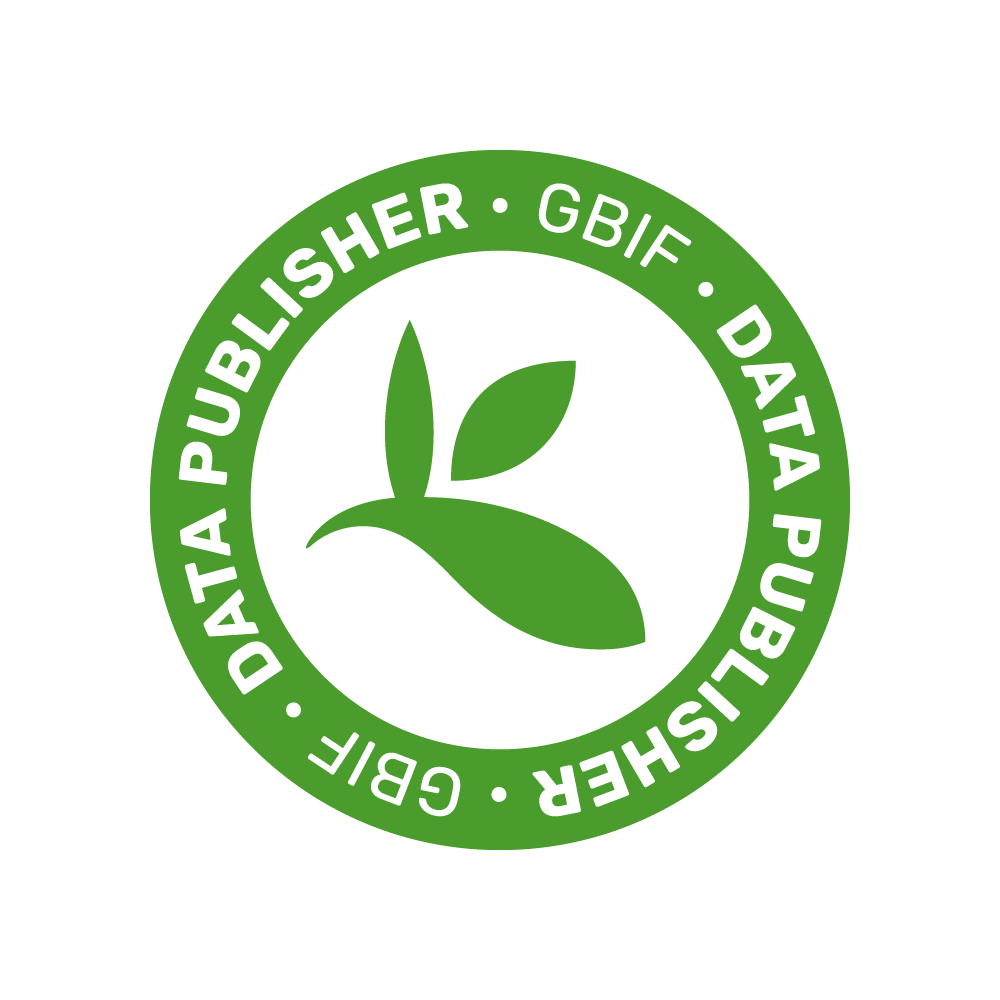IBBR - DIvision of Perugia
 The Institute foundation
The Institute foundation

The IBBR Division of Perugia was founded in 1961 in the Agriculture Faculty of the Perugia University as “Centre for forage crop breeding”. In 1990 the Centre was transformed into the “Institute for forage crop breeding” and then in 2001 it became part of the Institute of Plant Genetics. Initially, the research activity carried out by IBBR-PG concerned forage and legume crop breeding, including cytological and cytogenetic topics, while in the last two decades it has been mainly focused on the utilization of genomic and post-genomic tools and plant biotechnology for both basic and applied research.
Research activities
Current research activities at Perugia Division may be summarized as follows:
- germplasm evaluation of olive (Olea europaea L.). Developing new molecular markers for the fingerprinting of cultivars and wild accessions for breeding purposes. Analysis of the genetic bases of the biosynthesis of olive oil and secondary metabolites with health properties, of stress tolerance and incompatibility mechanisms. Production of molecular and phenotypical databases of varieties with local/international relevance and their wild related forms;
- identification of genomic markers for typing and distinguishing Tuber spp. (truffles) at different stages of their biological cycle. Genomics, transcriptomics and whole genome sequencing of Tuber spp. and other symbiotic Ascomycetes to investigate their reproductive system and its genetic control and to identify genes and pathways controlling the symbiotic interaction;
- molecular characterization, phylogenetic analyses and biodiversity of fungal species in different forest environments, isolation of fungal mycelia with a biotechnological potential. Microbial diversity (bacteria and fungi) in different ecological niches (forest and agricultural soils, plant tissues, etc.) by isolation and metabarcoding techniques;
- population genetics of fungal and plant species: Tuber spp., Humulus lupulus, Vicia asp., Asparagus sp.;
- functional genomics: olive genome sequencing; development and maintenance of a collection of several transposon-tagged and TILLING mutant lines of Medicago truncatula (legume model species) which contribute to analogous European collections; production and characterization of Lotus spp. mutants by CRISPR/Cas9;
- study on the forage species agronomic traits, both legumes and grasses: in particular, study of the traits responsible for the nutritional value of legumes (protein content and tannins), isolation and functional characterization of genes responsible for apomixis in Paspalum, identification of genes involved in saponin synthesis and in the processes of senescence and leaf abscission in M. truncatula;
- applied research on the production of recombinant molecules of pharmaceutical and industrial interest using model plant species (Nicotiana tabacum) as a technological platform. Studies of the factors regulating the expression of heterologous genes in plants, as well as analysis of the biological mechanisms linked to synthesis, stability, intracellular and intraplastidial transport of exogenous and endogenous proteins;
- studies on the potential use of proteins from legume crops (Vicia ervilia), microfungi (plant saprophytes and endophytes) and fruitbodies to fight against antibiotic resistant bacterial biofilms in clinical setting and in animal husbandry;
- analysis, eliciting and exploiting of secondary metabolites from forage legumes and ferns as novel resources of useful metabolites in human health and for the functionalization of nanoparticles.
(last updated: Jun 9, 2021)




